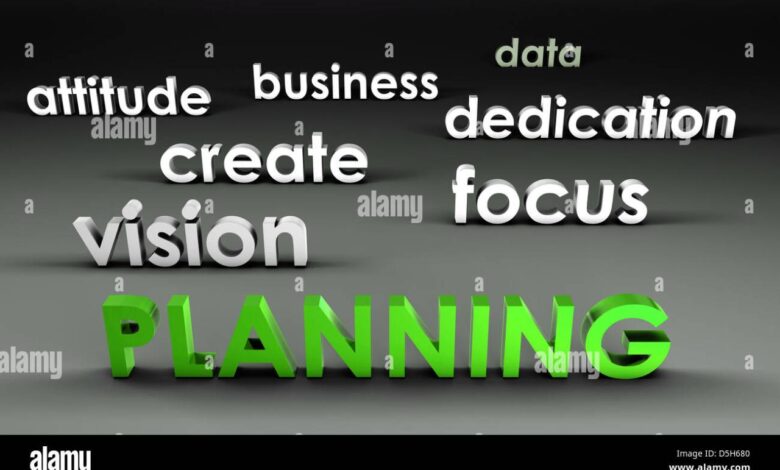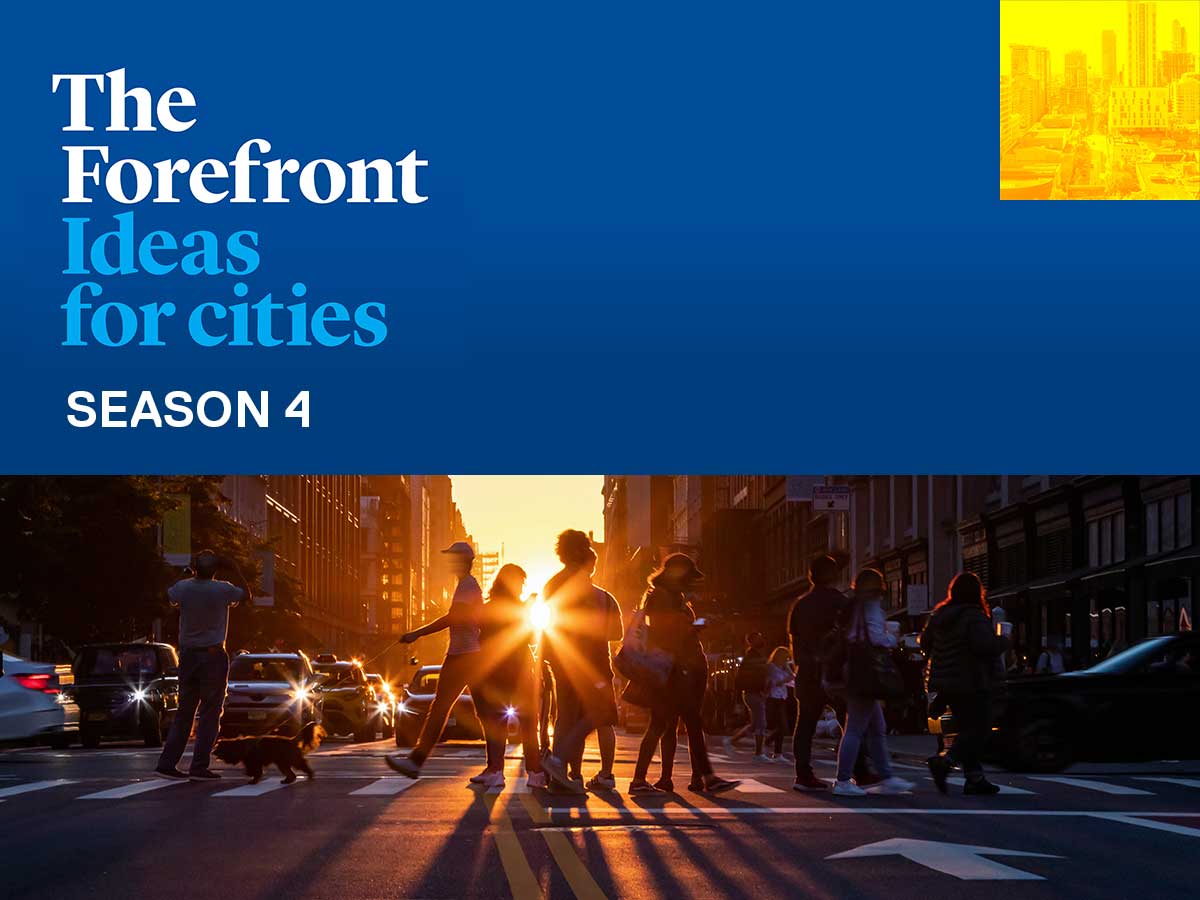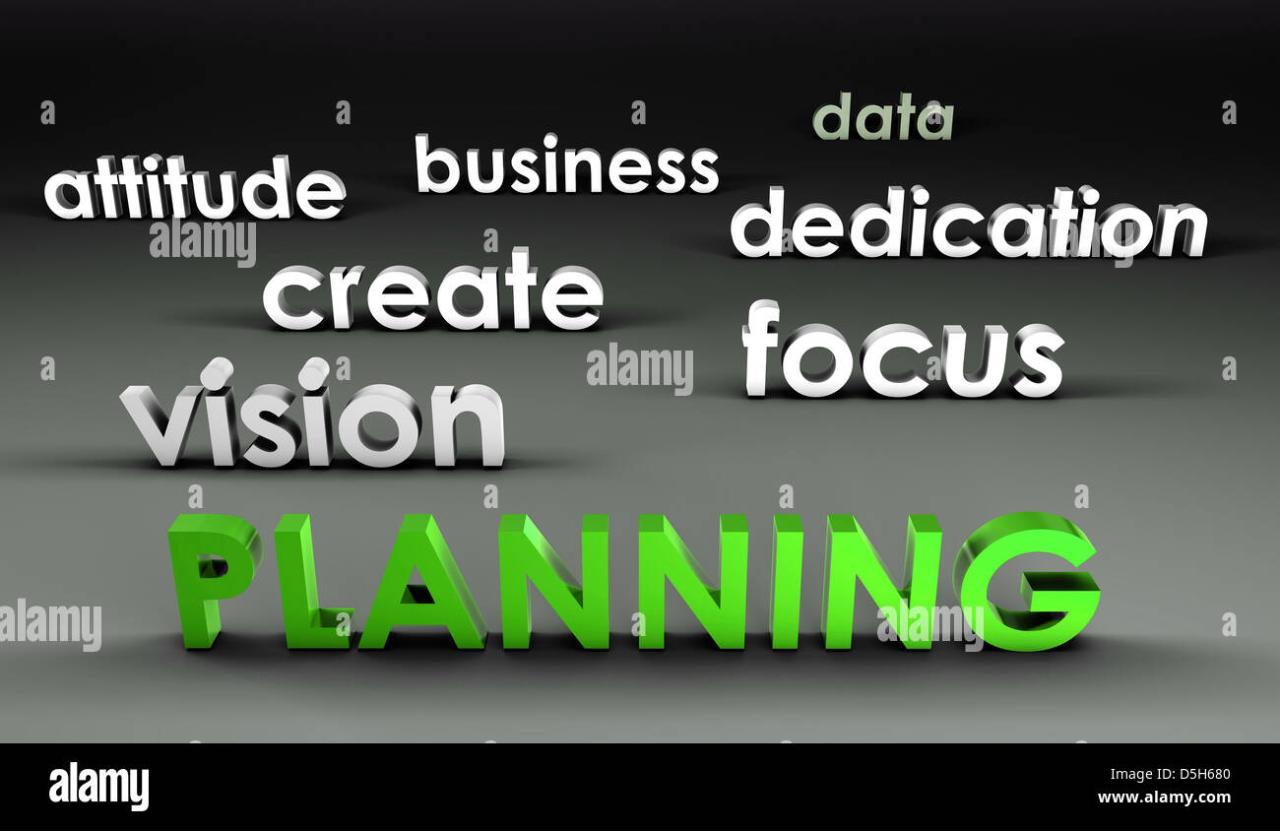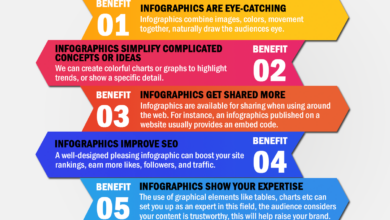
Leading the Way in Map Design
Leading the Way in Map Design: Ever wondered how maps have evolved from simple sketches to the incredibly detailed, interactive experiences we have today? This journey isn’t just about geographical accuracy; it’s a story of technological innovation, design ingenuity, and a constant push to improve how we interact with and understand our world. We’ll explore the principles behind creating truly effective maps, delve into emerging trends like AR and AI, and examine real-world examples of map design that have revolutionized user experience.
Get ready to discover the exciting future of cartography!
From the fundamental principles of cartography to the cutting-edge applications of augmented reality, we’ll explore the entire spectrum of map design. We’ll discuss the importance of user experience, accessibility, and data visualization in creating maps that are not only informative but also engaging and intuitive. We’ll also look at how technological advancements, such as AI and machine learning, are transforming the way maps are created and used.
Defining “Leading the Way” in Map Design
Leading the way in map design isn’t just about creating visually appealing maps; it’s about pushing the boundaries of cartographic innovation to enhance user understanding and interaction. It involves a constant evolution, incorporating new technologies and design principles to create maps that are not only informative but also intuitive and engaging. This means prioritizing clarity, accessibility, and the effective communication of complex spatial data.
A leading map design is characterized by its ability to seamlessly integrate data visualization techniques with user experience principles. It prioritizes clarity and readability, even when dealing with vast amounts of information. Such designs often employ innovative techniques to avoid clutter and enhance comprehension, ensuring that the map effectively communicates its intended message to a diverse audience. This includes considering accessibility for users with visual impairments or cognitive differences.
Innovative Map Design Features
Innovative map design often leverages interactive elements and dynamic data updates to create a more engaging and informative experience. For instance, the use of 3D modeling allows for a more immersive understanding of terrain and spatial relationships. Similarly, the incorporation of real-time data streams, such as traffic flow or weather patterns, transforms static maps into dynamic tools providing up-to-the-minute information.
Another significant advancement is the implementation of customizable map views, allowing users to tailor the displayed information to their specific needs and preferences. This can include choosing different base maps, adjusting the level of detail, and selecting specific data layers to highlight. The integration of augmented reality (AR) technology further enhances user experience by overlaying digital information onto the real world, creating a seamless blend of physical and digital spaces.
Imagine using an AR application to navigate a city, with directions and points of interest projected onto the street view in real time.
Impact of Map Design on User Experience, Leading the way in map design
The impact of effective map design on user experience is profound. Consider navigation apps: a well-designed map significantly reduces user frustration and improves the overall efficiency of travel. Clear and intuitive icons, easily understandable legends, and smooth zooming capabilities all contribute to a positive user experience. Conversely, poorly designed maps can lead to confusion, disorientation, and even safety risks.
For example, an unclear legend or inconsistent symbology can mislead users, causing them to take incorrect routes or misinterpret important information. In emergency situations, the clarity and accuracy of a map become paramount, as timely and accurate information is crucial for effective response. The design of maps used in disaster response, for example, directly impacts the efficiency and effectiveness of relief efforts.
Improved map design in this context can save lives and resources.
Technological Advancements Driving Map Design Innovation
Technological advancements are constantly reshaping the landscape of map design. The rise of big data has enabled the creation of maps with unprecedented levels of detail and accuracy. Advances in GIS (Geographic Information Systems) software provide powerful tools for data analysis, visualization, and map creation. Cloud computing has facilitated the development of online mapping platforms capable of handling vast amounts of data and providing real-time updates.
Furthermore, the integration of AI and machine learning is revolutionizing map design, allowing for automated map generation, improved data analysis, and the development of more intelligent and personalized mapping experiences. For example, AI can be used to optimize routing algorithms, predict traffic patterns, and even identify potential hazards. The ongoing development of VR and AR technologies promises to further immerse users in the mapping experience, leading to even more intuitive and engaging interactions.
Emerging Trends in Map Design: Leading The Way In Map Design

Source: torontomu.ca
The world of map design is constantly evolving, driven by technological advancements and a growing need to visualize increasingly complex data. This dynamic landscape presents exciting opportunities for cartographers and data visualization specialists to create more engaging, informative, and interactive maps than ever before. Let’s explore some of the most significant trends shaping the future of map design.
Three Emerging Trends in Map Design Technology
Three key trends are currently reshaping the map design landscape: the integration of augmented reality (AR) and virtual reality (VR), the sophisticated use of data visualization techniques, and the increasing role of artificial intelligence (AI) in map creation and analysis. These technologies are not only improving the visual appeal and interactivity of maps but also enhancing their analytical capabilities and accessibility.
Augmented and Virtual Reality’s Impact on Map Interaction
AR and VR are revolutionizing how we interact with maps. AR overlays digital information onto the real world, allowing users to see map data superimposed on their immediate surroundings. Imagine using your phone to see a route highlighted on the street in front of you, or exploring a historical site with virtual overlays providing information about the buildings and landmarks.
VR, on the other hand, immerses users in a completely digital environment, allowing for exploration of 3D models of cities, landscapes, or even other planets. This level of immersion provides a significantly enhanced understanding of spatial relationships and data. For example, urban planners could use VR to visualize proposed developments and their impact on the surrounding environment, allowing for more informed decision-making.
Data Visualization Techniques in Map Design
Effective communication of complex information is crucial. Data visualization techniques are becoming increasingly sophisticated, enabling map designers to represent multi-dimensional data in clear and compelling ways. Instead of relying solely on points, lines, and polygons, modern maps utilize techniques such as heatmaps to show density, choropleth maps to display variations across regions, and network graphs to illustrate connections between different locations.
For instance, a heatmap could illustrate crime rates across a city, revealing hotspots that require attention. Similarly, a choropleth map could show the distribution of a particular disease across a country, highlighting areas needing focused public health interventions.
Leading the way in map design means constantly innovating, and that includes sharing our knowledge! I recently revamped my approach to showcasing our work, learning a ton about effective video strategies by checking out this awesome guide on getting it on with youtube. The insights I gained have directly impacted how I present our innovative map designs, helping us reach a wider audience and further solidify our position at the forefront of cartographic design.
The Role of AI in Automating Map Creation and Data Analysis
AI is automating many aspects of map creation and data analysis. Machine learning algorithms can be used to automatically generate maps from various data sources, such as satellite imagery and sensor data. AI can also analyze large datasets to identify patterns and trends, helping map designers to create more insightful and informative visualizations. For example, AI could analyze traffic data to predict congestion patterns and suggest optimal routes, or it could identify areas at risk of natural disasters based on historical data and environmental factors.
This automation not only speeds up the map-making process but also allows for the creation of maps that would be impossible to produce manually.
Advantages and Disadvantages of Emerging Trends
The following table summarizes the advantages and disadvantages of each emerging trend:
| Trend | Advantages | Disadvantages |
|---|---|---|
| AR/VR in Map Design |
|
|
| Advanced Data Visualization |
|
|
| AI in Map Creation and Analysis |
|
|
Case Studies of Leading Map Designs

Source: unesco.org
Innovative map design isn’t just about aesthetics; it’s about effectively communicating complex information and enhancing user experience. This section explores several compelling examples, analyzing their design choices and impact. We’ll examine both successes and challenges, highlighting key learnings for aspiring map designers.
London Underground Map: A Case Study in Clarity and Simplicity
The London Underground map, designed by Harry Beck in 1933, is a landmark achievement in cartography. Its revolutionary simplification, prioritizing legibility over geographical accuracy, made navigating the complex underground system intuitive for millions. Beck’s design, using a diagrammatic approach with straight lines and standardized station symbols, discarded geographical realism in favor of clear visual communication. This drastically improved user understanding, compared to earlier, geographically accurate maps which were confusing and difficult to navigate.
The map’s enduring success lies in its consistent, easily understood visual language. A major challenge overcome was the initial resistance to its non-geographical representation; many initially found it too abstract. However, its undeniable practicality quickly won over critics and established a new standard for transit map design worldwide. The impact is undeniable: a simple, easily understood map transformed the user experience of millions and continues to inspire map design globally.
Its consistent use of color coding, typeface, and iconography ensures instant comprehension, regardless of the user’s familiarity with the system.
Comparing New York City Subway Map and a Geographically Accurate Map of the Same Area
Let’s contrast the London Underground map’s approach with two different representations of the New York City subway system. One is a traditional geographically accurate map, while the other is a simplified diagrammatic map similar in style to the London Underground map. The geographically accurate map offers a true representation of the subway lines’ geographical layout. Its strength lies in its realistic depiction, which can be helpful for users who want to understand the precise location of stations in relation to other landmarks.
However, its weakness is its complexity; the overlapping lines and varying scales make it difficult to quickly grasp the overall network structure. Navigating becomes a challenging task, especially for unfamiliar users.In contrast, the simplified diagrammatic map of the NYC subway prioritizes clarity and ease of navigation, much like the London Underground map. Its strength is its intuitive design, using straight lines and simplified geometry to show the connections between stations.
This enhances readability and makes route planning significantly easier. However, its weakness is the loss of geographical accuracy; users may find it harder to relate the map to their actual surroundings. The choice between these two styles depends on the intended purpose. A geographically accurate map is better suited for providing context and detailed information, while a simplified diagrammatic map is ideal for quick navigation and route planning.
Key Learnings from the Case Studies
These case studies highlight the crucial role of design choices in user engagement and information comprehension. The London Underground map demonstrates the power of simplification and prioritization of clarity over geographical accuracy. The comparison of the New York City subway maps emphasizes the trade-off between geographical accuracy and ease of navigation. A successful map design is always a balance between these two factors.
User testing and iterative design are crucial to find the optimal balance.
Influence of Design Choices on User Engagement and Information Comprehension
The London Underground map’s success stems directly from its design choices. The consistent use of color-coding for different lines, the clear typeface, and the easily understood station symbols dramatically improve user engagement and information comprehension. Users can quickly grasp the network structure and plan their routes without struggling to decipher a complex, geographically accurate map. In contrast, the geographically accurate map of the New York City subway system, due to its complexity, requires more effort from the user to extract information.
This can lead to frustration and reduced engagement. The simplified diagrammatic map of the NYC subway, however, improves user engagement and comprehension by prioritizing clarity and ease of navigation. These examples illustrate that thoughtful design choices directly impact the user experience and the effectiveness of map communication.
The Future of Map Design

Source: alamy.com
The world of map design is poised for a dramatic transformation in the next five years, driven by advancements in technology and a growing need for more interactive, personalized, and ethically sound cartographic experiences. We’re moving beyond static representations to dynamic, data-rich environments that seamlessly integrate with our daily lives. This shift will require careful consideration of the ethical implications of increasingly powerful mapping technologies.
Three key advancements will significantly reshape how we interact with and understand maps: the widespread adoption of augmented reality (AR) mapping, the integration of hyper-realistic 3D modeling with real-time data feeds, and the development of more sophisticated AI-driven map personalization algorithms.
Augmented Reality (AR) Mapping Integration
The integration of AR into mapping applications will revolutionize navigation and spatial understanding. Imagine walking down a street, your phone’s camera displaying a translucent overlay of points of interest, directions, and real-time traffic information directly onto your view of the physical world. This technology is already emerging, with apps offering basic AR features, but the next five years will see a significant leap in sophistication and user-friendliness.
We can expect smoother integration, more detailed overlays, and more intuitive interactions, making navigation far more intuitive and accessible for all users. For example, imagine a visually impaired person using an AR app to navigate a complex city layout with audio cues precisely overlaid on their visual field, enhancing safety and independence.
Hyper-Realistic 3D Modeling and Real-Time Data
The merging of hyper-realistic 3D city models with real-time data streams will create dynamic, living maps. These maps will not only show static features like buildings and roads but also incorporate real-time information such as traffic flow, air quality, pedestrian density, and even the current weather conditions. This level of detail will provide users with an unprecedented understanding of their environment, enabling better decision-making in various contexts, from urban planning to emergency response.
For instance, imagine emergency services using a 3D map to visualize the spread of a wildfire, allowing them to efficiently deploy resources and evacuate citizens in a timely manner.
AI-Driven Map Personalization
Artificial intelligence will play a crucial role in personalizing map experiences. AI algorithms will learn individual user preferences and behaviors to tailor map interfaces and information delivery accordingly. This could involve customized routing based on preferred modes of transportation, highlighting points of interest based on individual interests, or even proactively suggesting alternative routes based on real-time traffic and personal schedules.
Think of an app that automatically prioritizes routes with less traffic congestion based on your typical commute times and frequently visited locations. The potential for increased efficiency and personalized experience is immense.
Ethical Considerations in Future Map Design
The increasing power of map design technologies raises important ethical concerns. Data privacy is paramount. The collection and use of user location data, preferences, and travel patterns must be transparent and subject to strict regulations to prevent misuse. Algorithmic bias is another critical concern. AI-driven map personalization algorithms could inadvertently perpetuate existing societal biases, for example, by preferentially routing users away from certain neighborhoods or prioritizing certain types of businesses over others.
Finally, the potential for manipulation and misinformation through the manipulation of map data needs to be addressed proactively. Clear guidelines and regulations are crucial to ensure that map design technologies are used responsibly and ethically.
A Hypothetical Future Map Experience
Imagine stepping out of your apartment in a bustling metropolis. Your AR glasses seamlessly overlay a dynamic 3D map onto your visual field. Real-time traffic flow is depicted with color-coded streams, guiding you towards the least congested route to your destination. As you walk, your glasses highlight points of interest based on your preferences – a hidden coffee shop known for its artisanal pastries appears highlighted in your field of vision.
The map adjusts in real-time, accounting for unexpected delays and suggesting optimal alternative routes based on your personal schedule. This seamless integration of technology and cartography enhances not just navigation but the entire urban experience, transforming the way we interact with our surroundings.
Final Summary
The future of map design is bright, promising a world where maps are not just static representations of geographical data but dynamic, interactive tools that empower us to explore, understand, and engage with our environment in entirely new ways. As technology continues to advance, so too will our ability to create maps that are not only beautiful and informative but also truly transformative.
The journey of leading the way in map design is ongoing, and the possibilities are limitless.
FAQ
What software is commonly used for advanced map design?
Popular choices include ArcGIS Pro, QGIS (open-source), and Mapbox Studio. The best software depends on your specific needs and budget.
How important is color choice in map design?
Color is crucial for readability and conveying information effectively. Careful color selection avoids confusion and ensures accessibility for colorblind users.
What are some common mistakes to avoid in map design?
Overcrowding, poor labeling, inconsistent styles, and neglecting accessibility features are common pitfalls.
How can I improve the user experience of my map design?
Focus on clear navigation, intuitive controls, interactive elements, and responsive design for different screen sizes.


